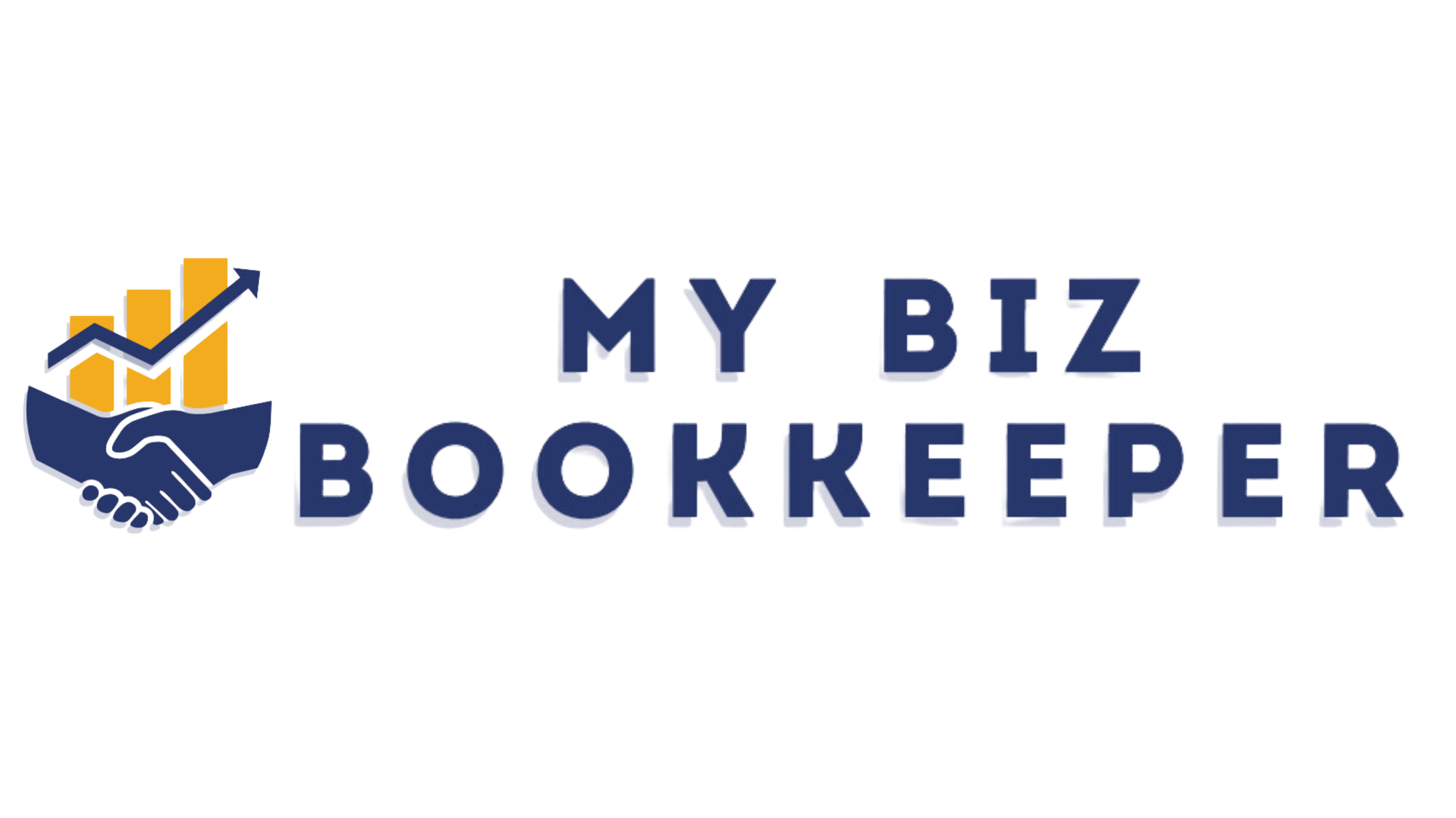Post-Tax Season Success | Simple Steps for Business Owners

Turn your tax season stress into next year's success!
Congratulations on making it through another tax season! Before you shove those tax documents into a drawer and try to forget about the whole experience, let's take advantage of this moment. The weeks right after filing are actually the perfect time to set up simple systems that will make next year's taxes significantly less stressful for your business.
Why This Timing Works So Well
With this year's tax headaches still fresh in your mind, you can clearly remember what caused you the most stress. Was it hunting for missing receipts? Separating business from personal expenses? Trying to figure out which expenses belonged in which category? Now is the ideal time to fix these problems while you still remember them clearly.
Start Here: Three Quick Wins (Less Than 60 Minutes)
Before diving into the complete checklist, here are three immediate actions that take minimal time but provide significant benefits:
- Take a photo of your completed tax return (15 minutes)
Snap photos or scan your completed return and save it to a secure cloud folder labeled "2024 Tax Returns." This simple digital backup will save major headaches if you ever need to reference it.
Real-world example: A business owner lost their only copy of last year's return in a move and spent hours on the phone with the IRS getting a replacement. - Set up a dedicated business expense folder (20 minutes)
Create a physical folder or digital file for storing this year's business receipts and expenses. Label it clearly by year and set a weekly reminder to add new receipts.
Real-world example: A business owner who implemented this 10-minute weekly receipt habit saved over 15 hours at tax time compared to their previous "shoebox method." - Schedule a 30-minute tax planning check-in (5 minutes)
Put a 30-minute appointment on your calendar for July 15th to review your year-to-date income and expenses. This mid-year check-in can identify tax-saving opportunities while you still have time to act.
Real-world example: A business owner discovered during their mid-year review that they were on track for higher-than-expected income and was able to increase retirement contributions, saving over $2,000 in taxes.
Essential Post-Filing Actions for Business Owners
1. Review Your Completed Tax Return for Insights
Take a close look at your completed tax return before filing it away. This review isn't about checking for errors – it's about spotting opportunities:
- Were there deductions you missed that are common in your industry?
- Did you have business expenses that were difficult to document or categorize?
- Did you face an unexpected tax bill that better planning could have reduced?
Action step: Highlight any areas that caused confusion or surprise, and schedule a 15-minute call with your tax professional to discuss strategies for next year.
2. Create a Simple Document Storage System
As a busy business owner, you need a straightforward system for keeping important documents:
Documents to keep forever:
- Tax returns
- Business formation documents (articles of incorporation, EIN letter)
- Licenses and permits
- Property records (as long as you own the property)
Documents to keep for 7 years:
- Supporting tax documents (receipts, bank statements)
- Client contracts and project files
- Records of business assets you've sold or discarded
- Loan documents for paid-off business debts
Documents to keep for 4 years:
- Employee records and payroll documents
Tip: If you're still using physical folders, consider a simple digital system instead. Even taking smartphone photos of receipts and saving them to labeled folders can save hours of searching later.
3. Set Up Easy Receipt Management
Staying on top of expense documentation makes a huge difference:
Choose one simple method and stick with it:
- Digital option: Apps like QuickBooks Receipt Capture, Expensify, or even just taking photos and saving them to labeled folders
- Physical option: Labeled folders by month with a weekly "receipt processing" time on your calendar
Make it a routine:
- Pick a consistent day and time each week (many find Friday afternoon works well)
- Set a 10-minute timer and process any receipts from the week
- Use separate business credit cards or accounts to automatically keep expenses separate
Popular apps for small businesses:
- Expensify (good for businesses with reimbursable expenses)
- QuickBooks Receipt Capture (integrates with QuickBooks accounting)
- Wave Receipts (free or low cost option for very small businesses)
4. Simplify Your Bookkeeping System
Your financial system should provide clarity without consuming too much of your time:
Ask yourself these questions:
- Does your current system clearly show your business performance at a glance?
- Can you easily separate personal from business expenses?
- Are your expense categories aligned with tax deductions to simplify filing?
- Could you explain your current system to someone else in under 5 minutes?
If you answered "no" to any of these questions, it might be time to simplify your approach.
5. Plan Regular Financial Check-ins
For businesses with fluctuating income, regular financial reviews are crucial:
Quarterly check-in template (30 minutes per quarter):
- Review total income compared to same quarter last year
- Check business account balances and upcoming expenses
- Verify that all receipts and expenses are properly recorded
- Calculate estimated tax payment needs
- Identify any tax-saving opportunities (equipment purchases, retirement contributions)
- Adjust pricing or offerings based on profitability
- Schedule next quarterly check-in
Your Post-Tax Season Checklist (Priority Order)
✓ Secure this year's tax return (physical and digital backup)
✓ Create a simple receipt management system
✓ Schedule your next quarterly financial review
✓ Ensure complete separation of business and personal expenses
✓ Set up document storage system (physical or digital)
✓ Review expense categories for clarity and tax alignment
✓ Purge unnecessary documents (following retention guidelines)
✓ Establish a weekly 10-minute financial routine
✓ Consider tax planning opportunities for this year
✓ Document your new system with simple instructions
Beyond Tax Benefits: Better Business Decisions
Implementing even a few of these strategies now won't just make next tax season easier—it will give you clearer visibility into your business finances throughout the year. This clarity helps you make better decisions about:
- Setting appropriate prices for your products or services
- Identifying your most and least profitable offerings
- Making confident decisions about business investments
- Having documentation ready for business loans or credit applications
Most importantly, better organization means more time to focus on what you truly love: serving your customers and growing your business.
Take advantage of this post-tax moment to set yourself up for success. Your future self will thank you when next April arrives!
📞 Call: (214) 306-7850 📧 Email: hello@mybizbookkeeper.com
My Biz Bookkeeper provides bookkeeping and financial organization services for small businesses. This information is not intended as legal or tax advice. Please consult with your tax professional for advice specific to your situation.





